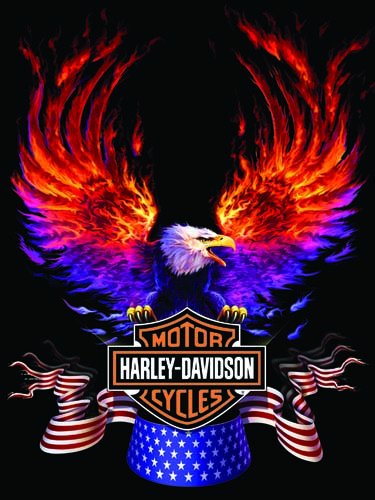A Beer Tasting Guide
Like wine, beer can be very complex with a variety of tastes and sensations. Indeed, in my humble opinion, beer is more interesting than wine because it has more variables. The taste of wine comes only from the grapes, and perhaps the aging barrels. Beer has hops, malt and yeast, all of which have almost infinite varieties.
The following is a basic guide to beer tasting.
Pour the beer into the glass, and observe the color and head. Try to pour the same way each time so you have a standard point of reference. Contrary to popular belief, a beer’s color does not indicate whether it is strong or weak. A dark beer will often yield a thick, creamy head known as “Belgian lace,” due to the way the bubbles create a lace pattern on the glass.
Next, swirl the beer in the glass to better release the aromas and carbonation. The head should remain relatively intact. Now smell the beer. You’ve probably seen or heard of the demonstration where a person’s nose is sealed, and in a blind taste test they are given a slice of apple and a slice of potato. Many cannot identify which is which. Smell is that important to the tasting process. Make a mental note of what you smell. Part of he experience is to see if the smells are reflected in the taste.
Take a sip of the beer. Don’t swallow yet; roll it around your mouth and let your palate savor it for a few seconds. Different parts of your tongue sense different flavors, with the top of the tongue most sensitive to sweetness, the sides of the tongue sensing saltiness, the back sides dealing with acidic tastes and the very back of the tongue sensitive to bitterness.
Did you taste the flavors implied by the smell? What is the feeling in your mouth (called, appropriately enough, the “mouthfeel”)? Is it feeling like a soft drink or something heavier like hot chocolate? Higher alcohol content beers will have a mouthfeel like cotton. When you swallow, the beer passes across the back of the tongue and registers its finish. Bitterness is okay in a beer, but some beers will taste great with a too bitter aftertaste.
The more you chill a beer, the more the flavors will be masked. This is why beer snobs will claim that beer should not be consumed ice cold, and will even critique bars that serve their beer “too cold.” This is nonsense for two reasons. Those who want a warmer beer can just wait a minute or two for the beer to warm, so there is no harm to serving a really cold beer, and many people want their beer as cold as possible. No one objects to allowing a red wine to breath in order to bring out its flavors, and there is no problem to letting a cold beer warm if that is your preference. Also, the way a beer stands up to chilling is one of its characteristics, and the temperature adds a variable that can improve your enjoyment of that beer. For example, a stout that might otherwise be too heavy with a meal, can be toned down slightly by making it really cold.
Posted on August 31st, 2008 by Aaron Morris
Filed under: Beer, Reviews









I don’t mind a larger-gauged, super-full beoidd cigar if the time is right. I prefer cigars like that for particularly special occasions, such as weddings and holidays.On any other occasion (cigars with friends, poker night, etc) I prefer something with a slightly smaller ring gauge and more medium body.